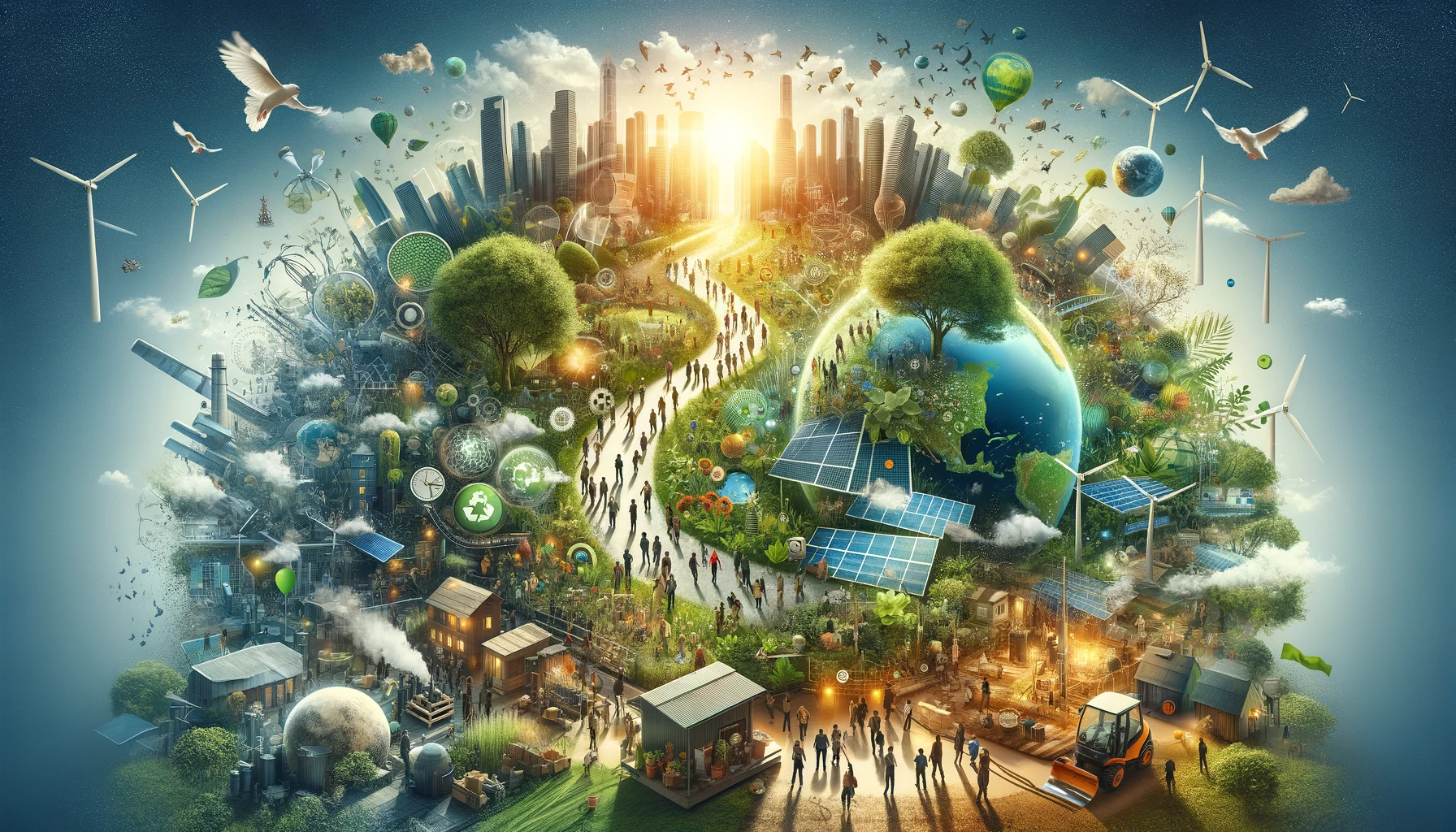In an era marked by unprecedented environmental challenges and societal transformations, the concept of sustainable synergy has emerged as a critical framework for reconciling human development with ecological preservation. Sustainable synergy refers to the harmonious integration of strategies that foster economic growth, social equity, and environmental stewardship. This article explores the dimensions of this concept, emphasizing the need for a collaborative approach that connects people, planet, and progress.
People: The Heart of Sustainability
The first pillar of sustainable synergy is people-centered development. This approach prioritizes human well-being and equity in the development process. Education, health, and empowerment are fundamental to achieving sustainable development. By investing in human capital, societies can foster resilience and adaptability, crucial for facing environmental and social challenges.
- Academic Reference: Sachs, J. D. (2015). “The Age of Sustainable Development.” Columbia University Press. This work underscores the centrality of human well-being in achieving sustainable development goals.
Planet: Environmental Stewardship
Protecting and nurturing the planet is the second pillar of sustainable synergy. Environmental stewardship encompasses practices that conserve natural resources, protect ecosystems, and minimize pollution and waste. The transition to renewable energy sources and sustainable agriculture are key strategies in this domain.
- Academic Reference: Carson, R. (1962). “Silent Spring.” Houghton Mifflin. Carson’s seminal work highlights the consequences of neglecting environmental stewardship and advocates for a harmonious relationship with nature.
Progress: Economic and Technological Advancement
The third pillar focuses on progress, specifically economic and technological advancements that align with sustainable principles. Sustainable economic growth involves creating systems that are efficient, circular, and inclusive. Technological innovation plays a pivotal role in enabling sustainable solutions, such as clean energy, efficient transportation, and sustainable urban development.
- Academic Reference: Meadows, D. H., Randers, J., & Meadows, D. L. (2004). “Limits to Growth: The 30-Year Update.” Chelsea Green Publishing. This book discusses the constraints of finite resources on economic growth and the need for sustainable economic models.
Synergistic Approaches and Policies
Achieving sustainable synergy requires integrated approaches that combine environmental, social, and economic policies. Cross-sectoral collaboration, participatory governance, and inclusive policymaking are crucial for aligning diverse interests and achieving common goals.
- Academic Reference: Sen, A. (1999). “Development as Freedom.” Oxford University Press. Sen’s work emphasizes the importance of freedom and participatory governance in the development process.
Conclusion
Sustainable synergy, connecting people, planet, and progress, is not just a theoretical concept but a practical framework for addressing the complex challenges of our time. It calls for a paradigm shift in how we perceive development, urging us to move towards strategies that are inclusive, environmentally sound, and economically viable.
References
- Sachs, J. D. (2015). “The Age of Sustainable Development.” Columbia University Press.
- Carson, R. (1962). “Silent Spring.” Houghton Mifflin.
- Meadows, D. H., Randers, J., & Meadows, D. L. (2004). “Limits to Growth: The 30-Year Update.” Chelsea Green Publishing.
- Sen, A. (1999). “Development as Freedom.” Oxford University Press.


